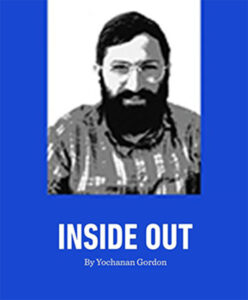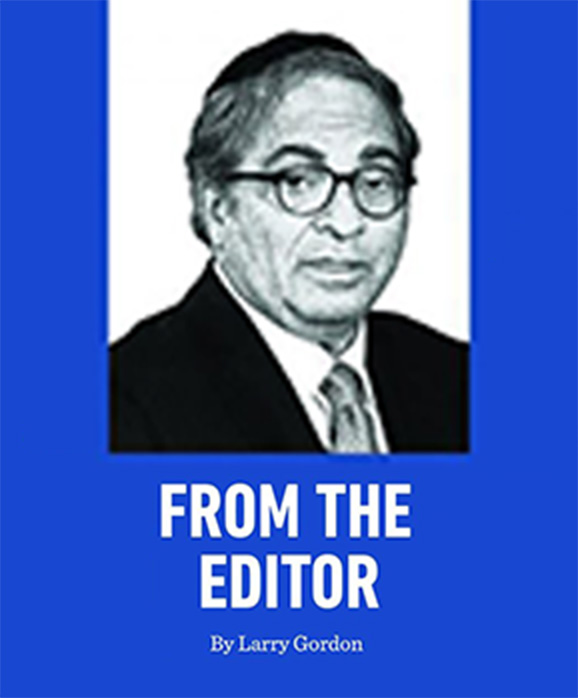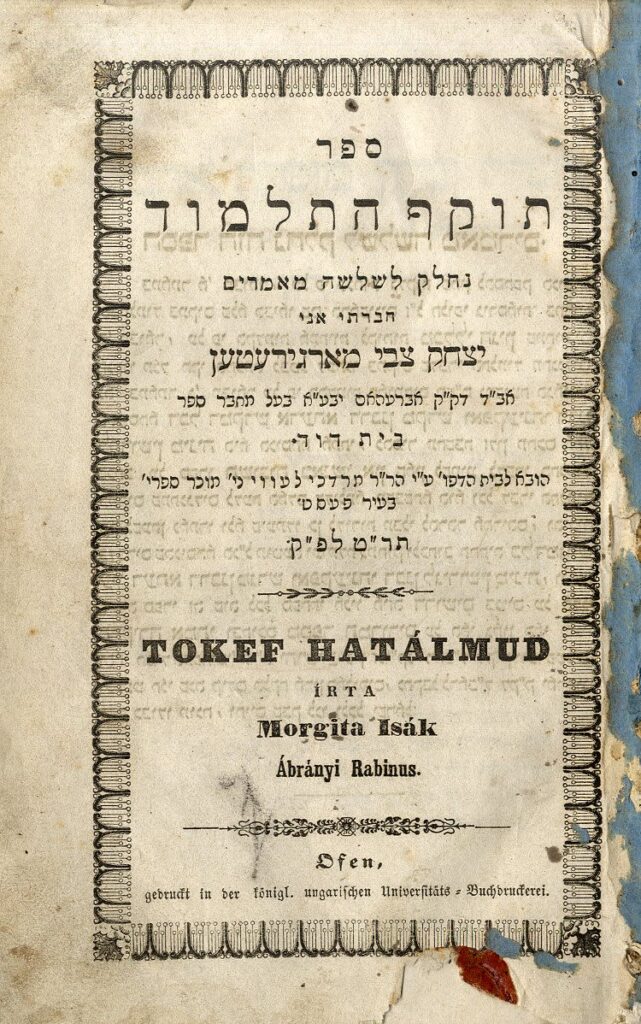Tokef HaTalmud: Battling the Maskilim in Slovakia
A most fascinating sefer entitled Tokef HaTalmud (The Power of the Talmud) was published in 1849 in Ofen (Buda), Hungary. The sefer was written in response to another work which was produced in response to the Maskilim, who were making inroads to uproot the sanctity of marriage. The author of Tokef HaTalmud, Rav Yitzhak Tzvi Margareten, was the av beis din in Obrehom, Ofen, a small Slovakian town between Bratislava and Nitra.
The story behind this remarkable sefer is as follows. In 1845, the gaon Rabbi Pinchas Menachem Heilpern published his book, Teshuvos B’Anshei On, against the Maskilim who wanted to uproot the laws of Kiddushin by using an ancient halachic rule to make the get redundant and uproot a marriage even without a get. Deeply shaken by the fact that the Maskilim wanted to cancel the whole concept of the get and thereby harm lineal purity by allowing marital nullification, the author published a collection of letters that refuted the claims of those not loyal to Chazal and the Talmud. In one of those letters, the author attempts to refute the claim that Jewish law permits divorces to be arranged by secular courts without a get by simply proclaiming that the couple was never married in the first place.
However, in refuting this claim, the author alters the text of the Talmud and makes the following astonishing assertion: “Anything found in the Talmud that does not make sense, even if it appears one thousand times, it is as if it wasn’t written and cannot be relied upon, for perhaps it was a mistake.” The author continues: “And that which does make sense, even if it doesn’t appear in the Talmud, it is as if it was stated and sealed in the Talmud!” In some of his other letters, the author asserts that the Talmud is full of mistakes and is found belittling the Amoraim.
Outraged by this work of heresy, Rav Margareten authored Tokef HaTalmud to logically prove the Talmud’s authority and every law contained therein is absolutely binding upon every Jew. This fundamental concept is clearly stated by the Rambam in his introduction to Mishneh Torah. In conclusion, Rabbi Yitzchak Tzvi Margareten claimed that even if Rabbi Heilpern’s intentions were pure, not a single comma can be changed from the sacred Torah. n
Nosson Wiggins (@jewishhistorysheimhagedolim) is the author of two books on the subject of Jewish history, “The Tannaim & Amoraim” and “The Rishonim” (Judaica Press). He researches Jewish History at the Klau Library, HUC-JIR in his hometown of Cincinnati and leads tours of Klau’s Rare Book Room. He is a passionate enthusiast of Jewish history and when he’s not in the hospital working as a nurse, he can be found researching and writing posts for his Substack, “Jewish History—Sheim Hagedolim.”















